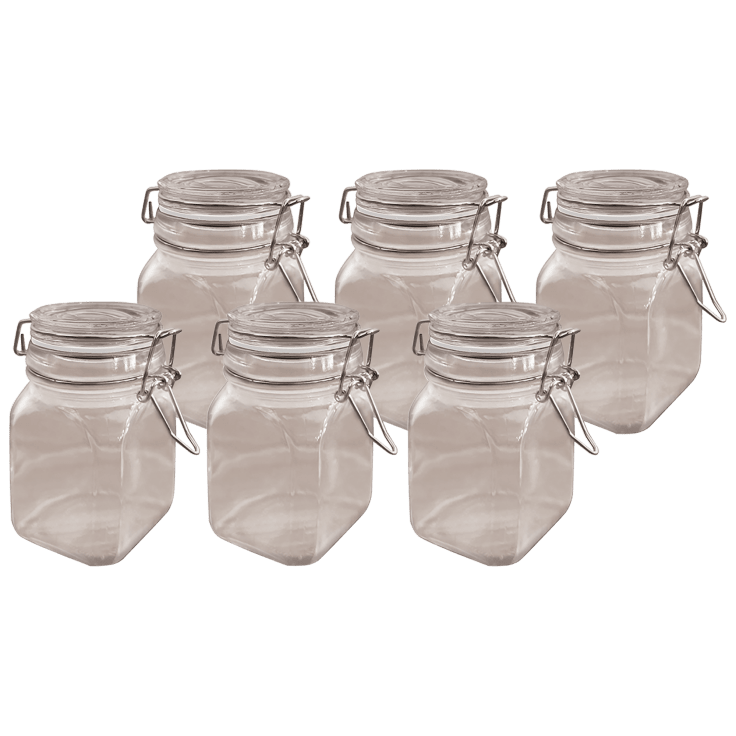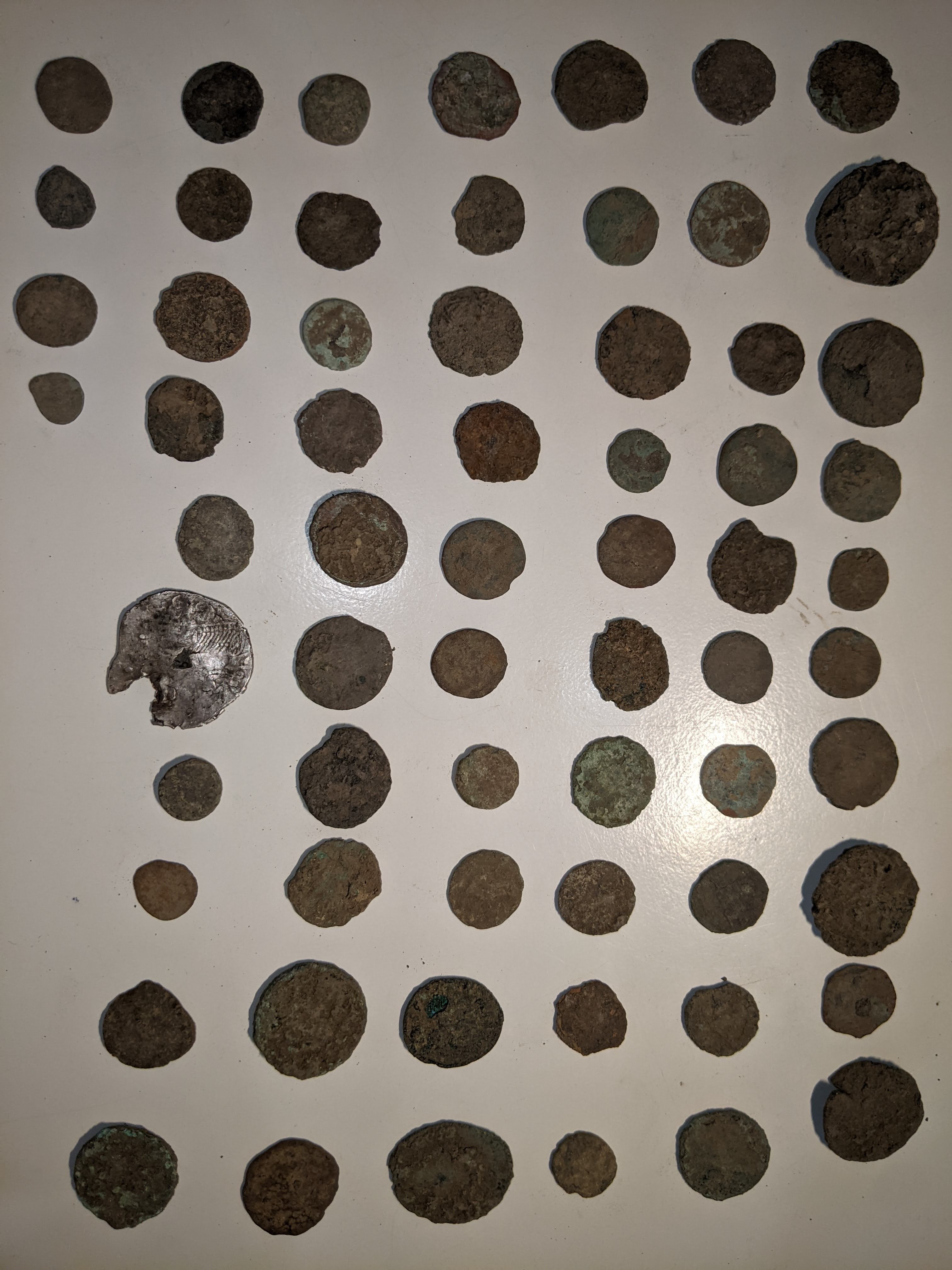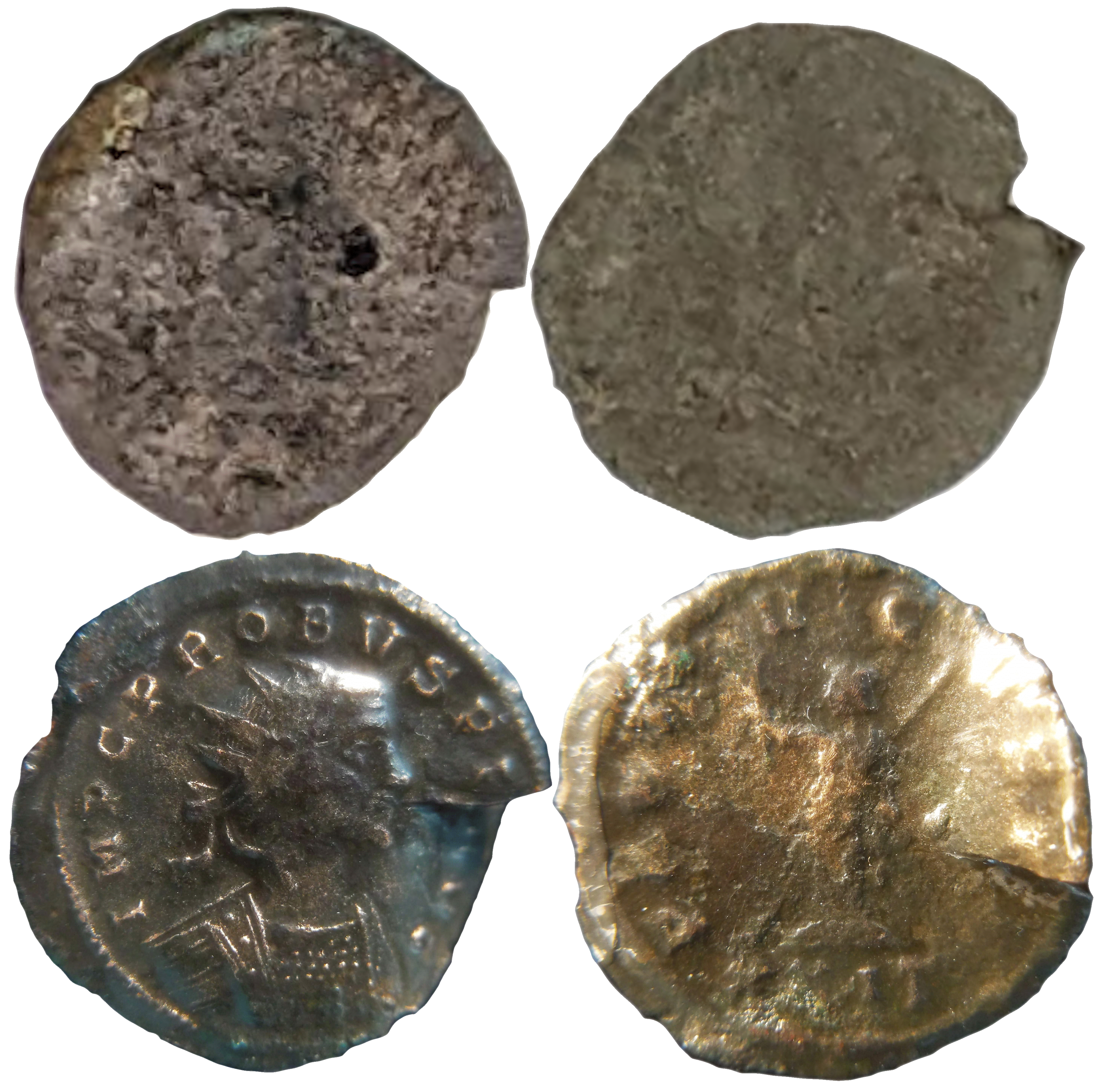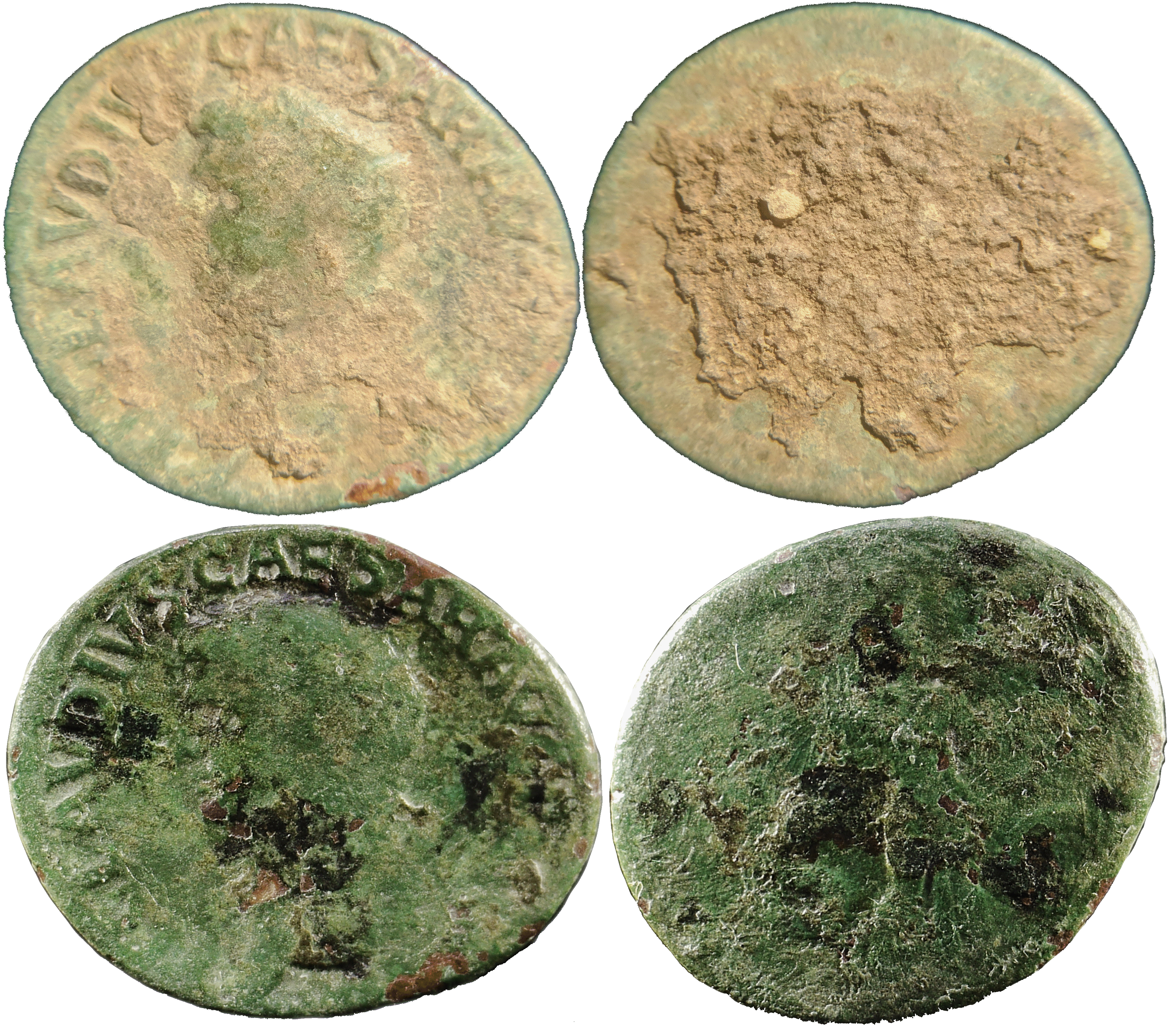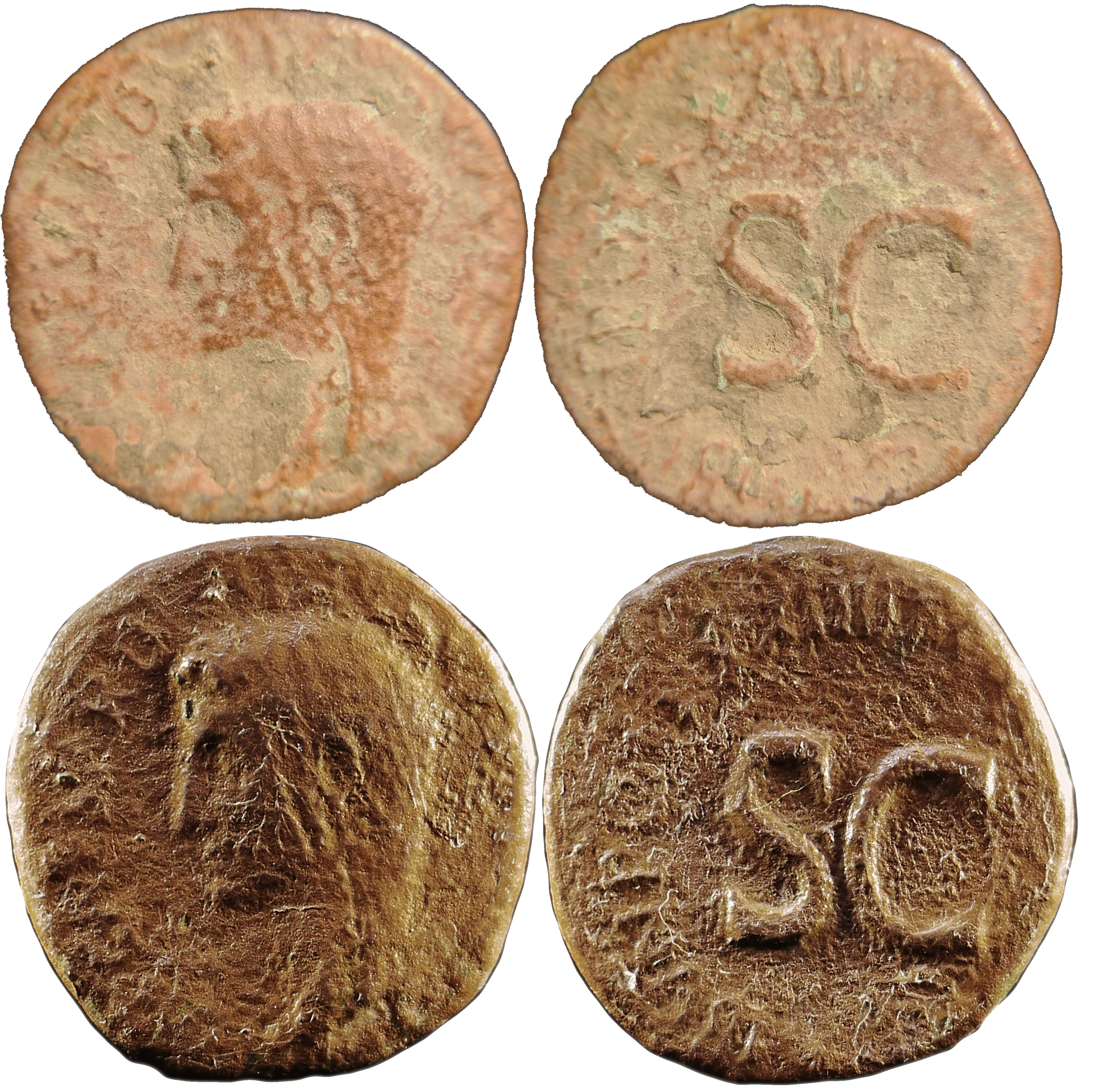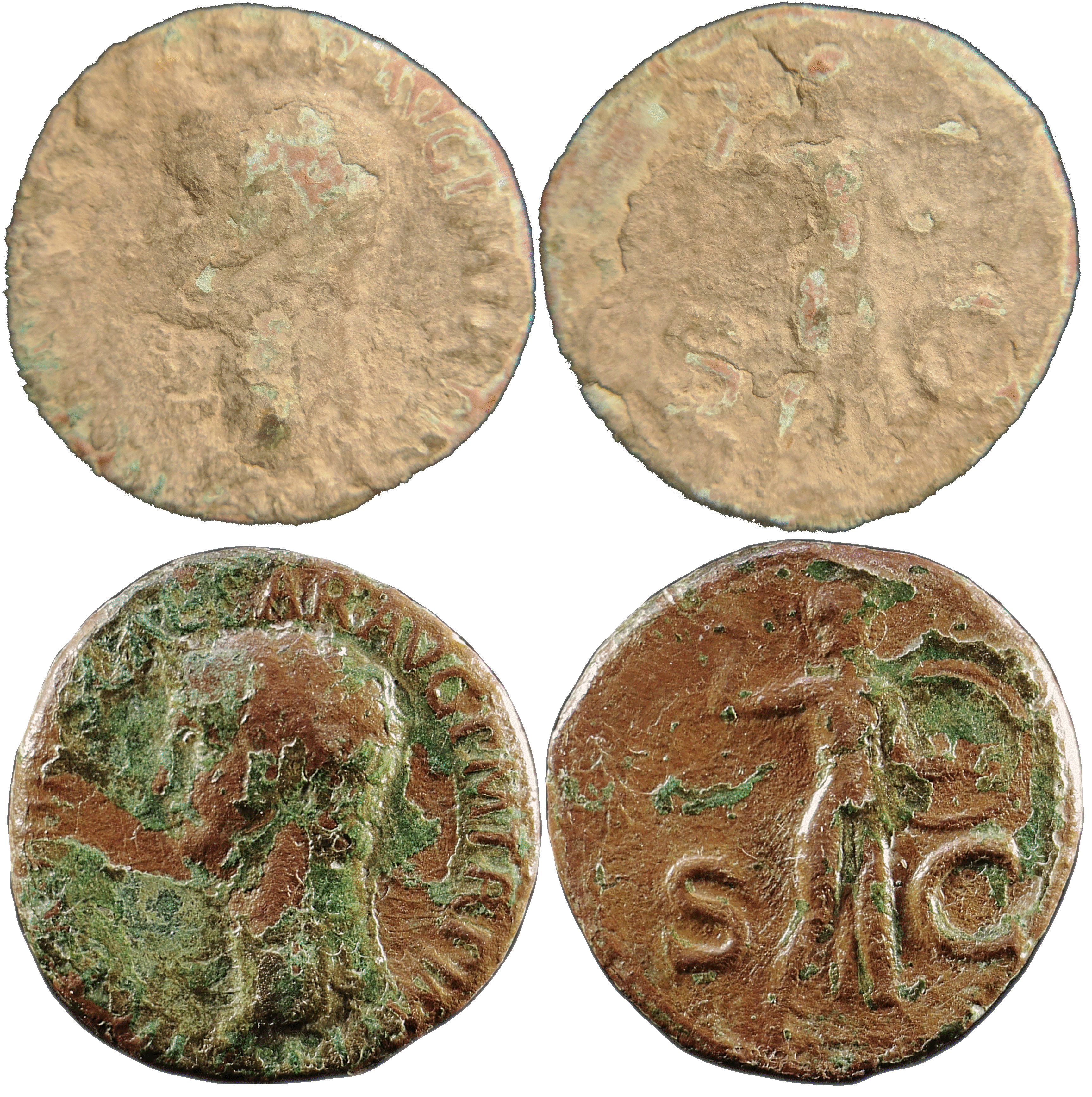Ancient Coin Cleaning
1 readers
1 users here now
Welcome to our community dedicated to the meticulous and rewarding art of cleaning ancient Roman coins. Here, we celebrate the patience and precision it takes to restore these historic treasures to their former glory. Whether you're a seasoned numismatist or a beginner just starting with your first crusty coin, you'll find a wealth of knowledge, tips, and support from our community. Learn about the gentle art of soaking coins in distilled water, the use of tools like toothpicks and dental picks, and the importance of a steady hand and keen eye under the microscope. Join us as we delve into the layers of history, one coin at a time.
founded 1 year ago
MODERATORS
1
2
3
4
5
6
7
8
9
10
11

